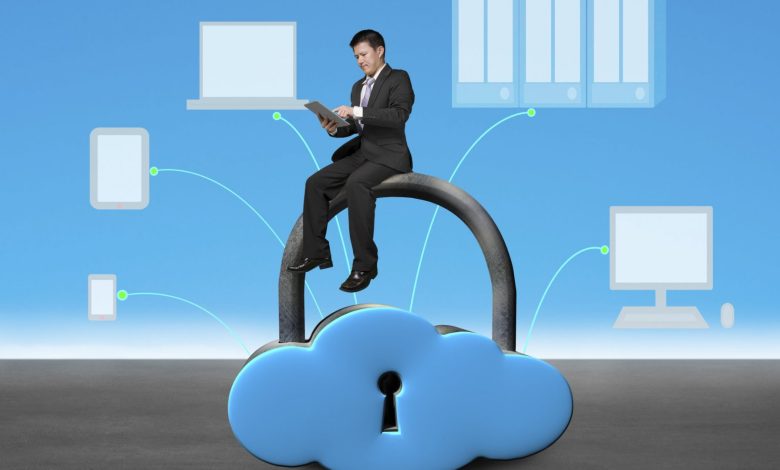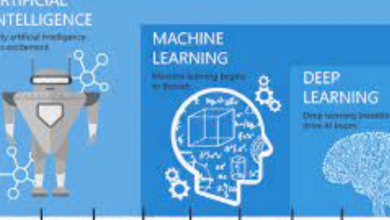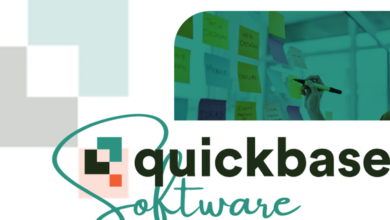Exploring the Evolution of Managed IT Services

In the fast-paced world of technology, businesses have come to rely heavily on their IT infrastructure to remain competitive and efficient. However, managing and keeping complex IT systems up-to-date can be challenging, especially for small and medium-sized enterprises (SMEs) that may lack the necessary resources or expertise. This is where managed IT services have emerged as a crucial solution. Managed IT services involve outsourcing IT management and support to a third-party provider, enabling businesses to focus on their core operations while leaving their technology needs in the hands of experts. This article delves into the fascinating journey of managed IT services and how they have evolved over the years to become indispensable aspects of modern business operations. We will explore the critical stages of this evolution, from the emergence of managed IT services to their integration with cutting-edge technologies like artificial intelligence (AI) and automation. Additionally, we will discuss the impact of managed IT services in the era of digital transformation and speculate on what the future holds for this dynamic industry.
The Emergence of Managed IT Services
Managed IT services as a concept started gaining traction in the late 1990s and early 2000s. Initially, businesses sought external assistance to handle specific IT tasks, such as network monitoring, data backups, and security maintenance. These managed services providers (MSPs) offered their expertise on a subscription basis, which allowed organizations to offload the burden of managing their IT infrastructure while accessing professional support.
The Transition to Proactive Support
As technology continued to advance, businesses realized that a reactive approach to IT support was not enough to ensure optimal system performance and prevent potential issues. Thus, managed IT services evolved to incorporate proactive support methodologies. MSPs began monitoring IT environments in real time, using advanced tools to identify and resolve potential problems before they could escalate. This transition from a break-fix model to a proactive approach significantly improved the reliability and efficiency of IT systems.
Cloud Computing and Virtualization
The rise of cloud computing and virtualization revolutionized the IT landscape and profoundly impacted managed IT services. Cloud-based solutions allowed MSPs to offer scalable and flexible IT infrastructures to businesses, reducing the need for expensive on-premises hardware and maintenance costs. Virtualization technology enabled the creation of multiple virtual servers on a single physical server, optimizing resource utilization and enhancing system performance. Managed IT service providers leveraged these innovations to deliver cost-effective and scalable solutions to their clients.
Security and Cybersecurity Measures
Security and cybersecurity measures are strategies, practices, and technologies put in place to protect computer systems, networks, data, and information from unauthorized access, attacks, damage, disruption, and theft. In an increasingly digital and interconnected world, robust security measures have become paramount to safeguard sensitive information and ensure the continuity of critical operations for businesses, governments, and individuals alike. Below are some key aspects and examples of security and cybersecurity measures:
- Access Control: Access control mechanisms ensure that only authorized users can access specific resources or data. This involves using usernames, passwords, biometrics, two-factor authentication (2FA), and role-based access control (RBAC) to grant appropriate permissions and limit access to sensitive information.
- Firewalls: Firewalls act as a barrier between internal and external networks, monitoring and filtering incoming and outgoing traffic based on predefined security rules. They help prevent unauthorized access and block malicious traffic from entering the network.
- Encryption: Encryption is the process of converting data into a coded format that can only be decrypted with the appropriate decryption key. It is used to protect data both at rest (stored on devices or servers) and in transit (during communication over networks) to ensure that even if intercepted, the data remains unreadable to unauthorized parties.
- Antivirus and Antimalware Software: Antivirus and antimalware software detect, prevent, and remove malicious software such as viruses, worms, Trojans, and spyware from computer systems. Regular updates are essential to stay protected against new threats.
- Patch Management: Regularly updating software, applications, and operating systems with the latest security patches is crucial. These patches address known vulnerabilities and weaknesses, reducing the risk of exploitation by cybercriminals.
- Intrusion Detection and Prevention Systems (IDS/IPS): IDS/IPS are security systems that monitor network traffic for suspicious activities and potential security breaches. They can detect and block malicious traffic in real time, helping to prevent attacks before they cause significant damage.
- Data Backup and Disaster Recovery: Regularly backing up critical data and having a well-defined disaster recovery plan ensures that data can be restored in the event of data loss due to hardware failure, cyber-attacks, or natural disasters.
- Security Awareness Training: Educating employees and users about cybersecurity best practices is essential to create a security-conscious culture within an organization. This helps prevent social engineering attacks like phishing, where attackers attempt to trick users into revealing sensitive information.
- Network Segmentation: Dividing a network into smaller segments helps contain potential security breaches. Even if one component is compromised, it limits the attacker’s ability to access the entire network.
- Incident Response Plan: A well-defined incident response plan ensures an organization can respond quickly and effectively to security incidents. It includes procedures for identifying, containing, mitigating, and recovering from security breaches.
- Penetration Testing: Ethical hacking, or penetration testing, involves simulated cyber-attacks on a system or network to identify vulnerabilities and weaknesses before malicious hackers can exploit them.
- Security Audits and Compliance: Regular security audits and compliance assessments help organizations identify security gaps and ensure they adhere to relevant industry standards and regulations.
Integration of Artificial Intelligence and Automation
The integration of AI and automation marked a significant milestone in the evolution of managed IT services. AI-driven technologies empowered MSPs to streamline IT operations, automate routine tasks, and predict potential issues based on data analytics. This increased operational efficiency and reduced the response time for problem resolution, ensuring a seamless user experience for businesses and their customers.
Managed IT Services in the Digital Transformation Era
As businesses embraced digital transformation to stay competitive, managed IT services played a vital role in helping them navigate this transformative journey. MSPs became strategic partners, providing insights, guidance, and customized solutions to align IT infrastructure with business goals. Moreover, they assisted companies in adopting emerging technologies like the Internet of Things (IoT) and big data analytics, further enhancing operational efficiency and decision-making capabilities.
The Future of Managed IT Services
Looking ahead, the future of managed IT services appears incredibly promising. As technology advances, MSPs will likely harness innovations like 5G, edge computing, and quantum computing to offer even more powerful and efficient IT solutions to businesses. Additionally, with the growing emphasis on data privacy and compliance, managed IT service providers will continue to enhance their cybersecurity measures and offer robust data protection services. Furthermore, as AI and automation evolve, MSPs will integrate these technologies further to provide intelligent, self-learning IT systems capable of anticipating and resolving issues with minimal human intervention.
Final Thought
The evolution of managed IT services has proven to be a game-changer for businesses seeking efficient, secure, and scalable technology solutions. As we move further into the digital age, the importance of partnering with a reliable managed IT services provider cannot be overstated. Boston Networks takes pride in going above and beyond “Best Practices” to deliver the highest results at competitive prices. With their simplified technology solutions, businesses can focus on their core operations while entrusting their IT needs to these experts.
Join in the exciting journey of technological advancement, and let Boston Networks be your trusted partner in navigating the ever-evolving world of managed IT services. Contact them today to learn more about how they can empower your business for a successful future.





